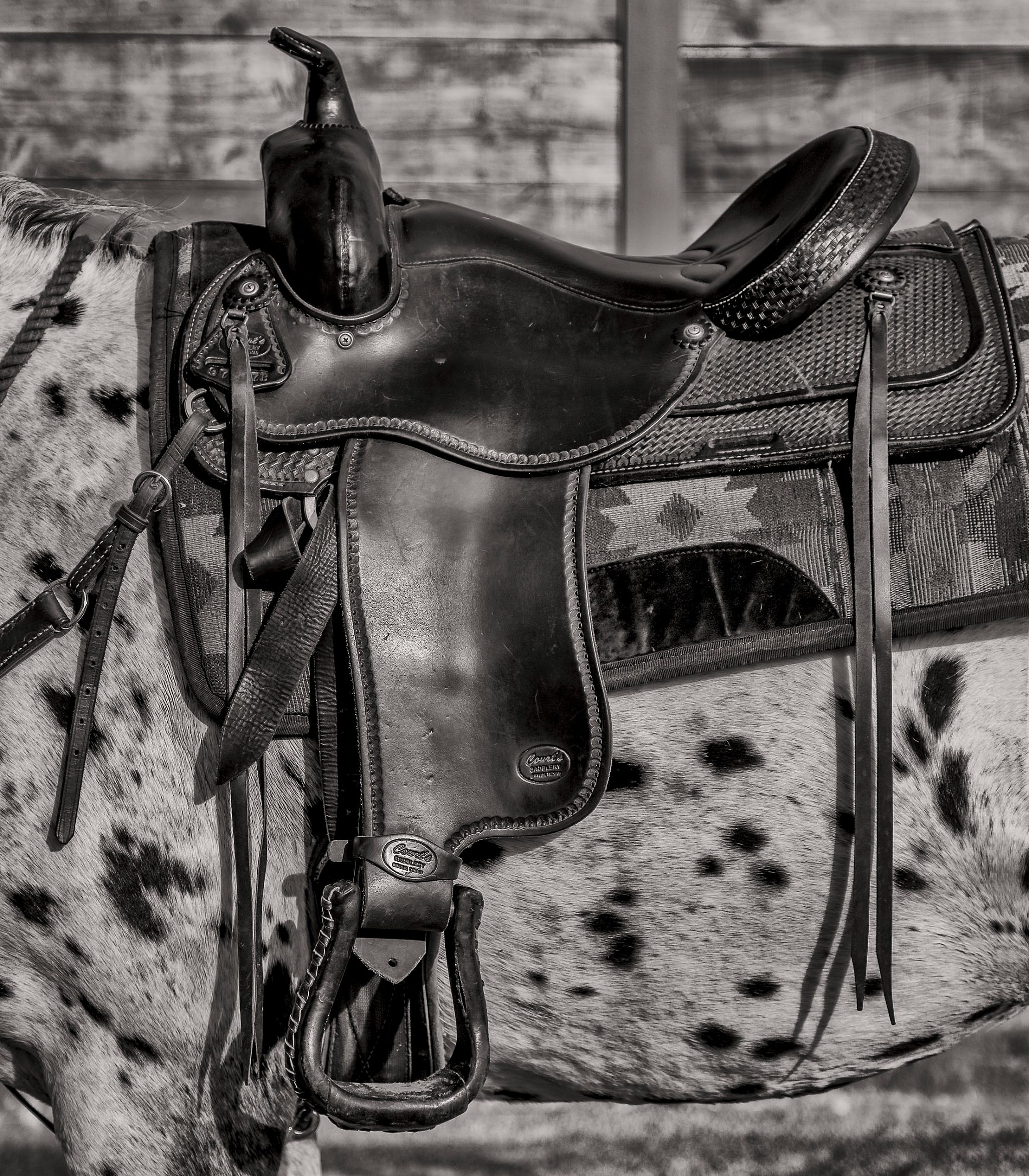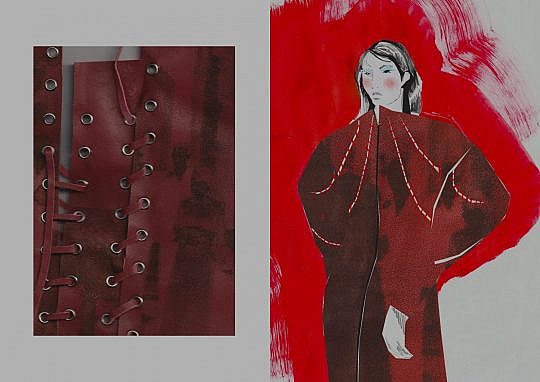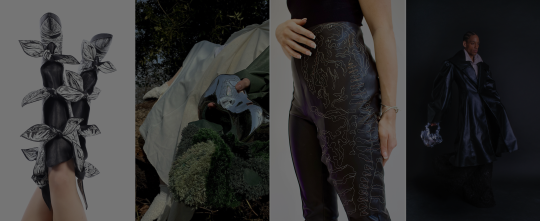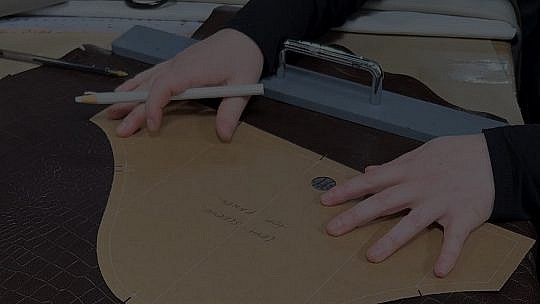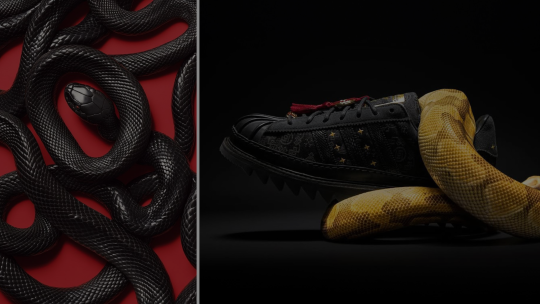People have been riding horses for around 6,000 years, but it wasn’t until around 800bc that someone realised the whole experience would be a lot more comfortable with an added seat. And so, the saddle was born.
The earliest saddles were simple pads strapped to the backs of horses, used by the Assyrian Cavalry. But they soon became status symbols – which is where leather makes an appearance. The earliest cave painting depictions show elaborately stitched leather saddles, some even embellished with jewels.
What we would recognise as a modern saddle started to take form around 500BC. Eurasian nomads developed a framed saddle with two leather cushions, a pommel and a cantle (the curved part at the back). Examples of these were found in burial tombs in Siberia.
The modern stirrup is thought to have been invented by nomadic Mongolians in around 100AD. Stirrups added extra support for the rider and enabled them to stand taller – vital for horseback warfare which mainly involved bows and arrows.
The two most common saddles are the English and the Western. The English saddle is mostly used for sports including racing, show jumping, dressage and eventing. The Western is much larger, provides more support and it has a pommel and a higher cantle. Made for cowboys and ranch hands who are expected to spend up to 12 hours a day on horseback, western saddles are bulky and very comfortable. Compared to racing saddles, that are made to weigh as little as possible, they almost look like armchairs. For the more traditional (or nostalgic) there are still a handful of Amazon saddles made every year. Amazon saddles, or side-saddles, as they are also known, were originally made for women riders at a time when wearing breeches and riding astride were deemed very unladylike.
Saddles are constructed around a base frame, or tree, that spreads the weight of the rider and ensures there is no pressure on the spine of the horse, while allowing the animal as much free movement as possible when carrying a rider.
The best saddles are custom-made for the horse, and can become quite expensive, but off-the-peg ones come in a variety of sizes and can be adjusted to fit.
Until 2015, the most expensive saddle ever sold was that of the Mexican revolutionary Pancho Villa, a General during the Mexican Revolution from 1910 to 1916, he became a legend due to his tactical brilliance on the battlefield — and also for appearing on horseback in several American Westerns, playing himself. A stunning, ornate piece made by Alberto Tulan Cingo Marques and Joaquin Rodriguez and presented as a gift to Pancho Villa in 1920, the saddle fetched a whopping £450,000 at auction in 2012. According to the Guinness Book of Records, the most expensive saddle now stands at £465,000 and originally belonged to the Crown Prince of Dubai before being auctioned for charity. This makes the Gucci saddle, part of their equestrian range, look rather ‘cheap’ at £5,300.
A basic good quality, all-purpose, non-record-breaking leather saddle will cost from around £400. If you’d rather go for luxury, an exquisitely constructed Hermès saddle will cost at least £6,000.
Interestingly, Hermès was originally established purely as a saddle-maker. It has since become better known for its other leather goods. But it is that mastery of saddlery, and the knowledge and craftmanship behind it, that have made Hermès a fixture in the luxury leather world.




